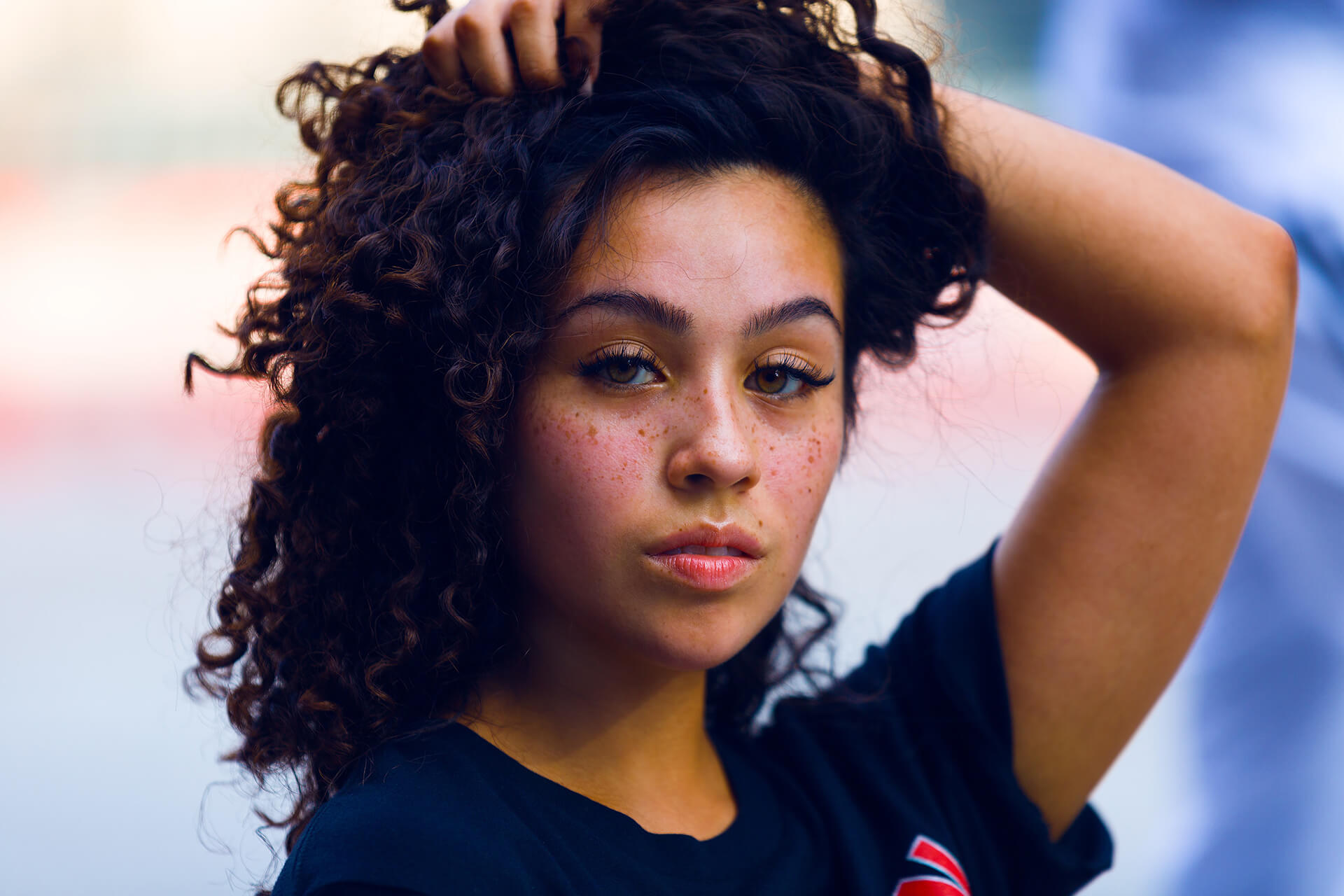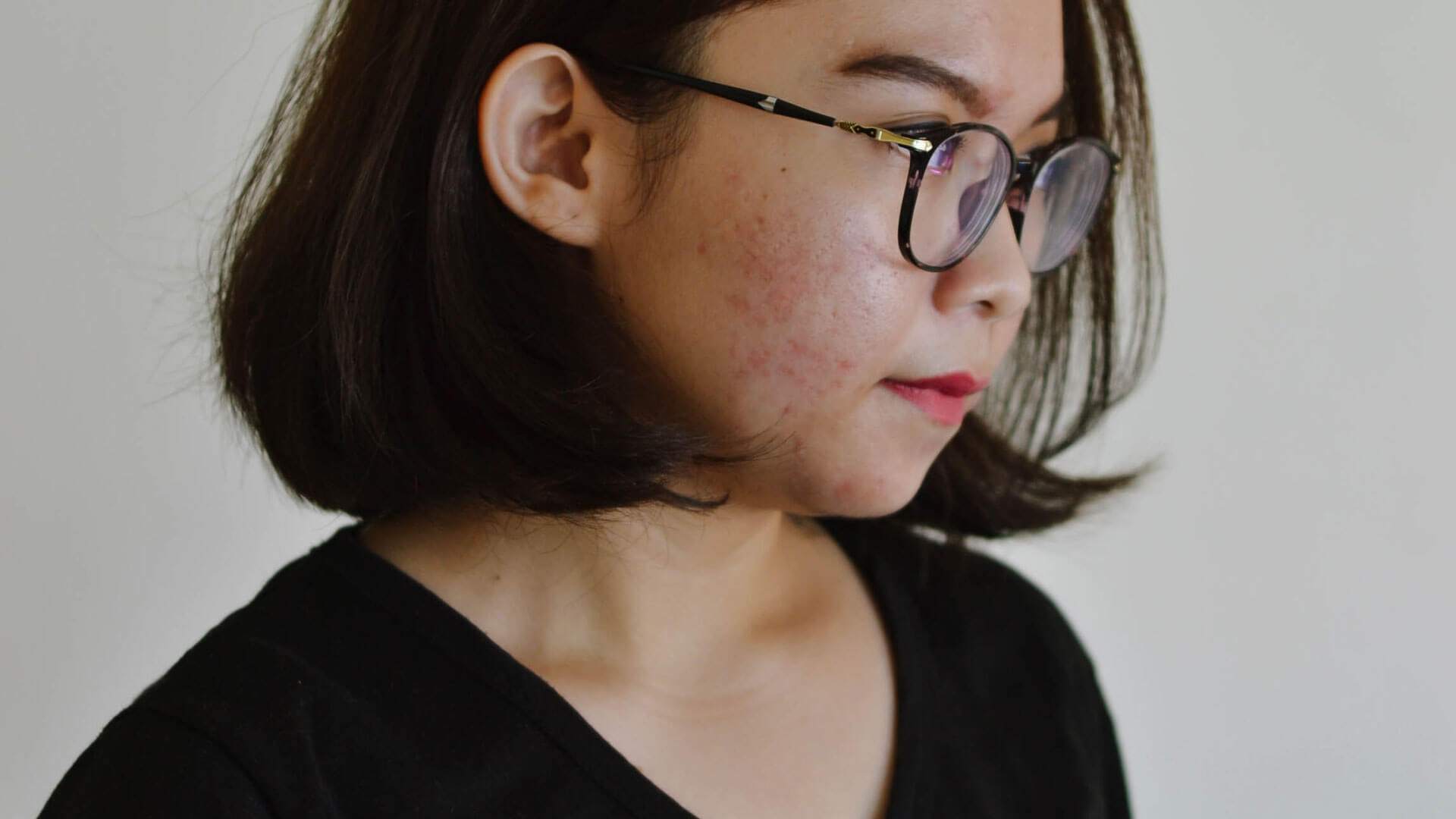Settle those spots!
Do you have a breakout of spots that dampen your spirits whilst getting dressed for your prom night? Or for that night out with friends? Or before an important meeting?
Pimples, spots, or medically termed acne, are very common affecting almost 85% of young adults. It is not a teenage only problem; we are seeing more and more adults in their 30’s and 40’s presenting with new acne.
So let’s go through acne, focusing on skin care and dermatological treatments.
Watch out for my next blog on Acne do’s and don’ts, and Acne myth busters.
What is acne?
Acne is the term given to the combination of oily skin, blackheads, whiteheads, red and yellow spots, lumps and cysts on the face, and sometimes chest, shoulders and back. When left untreated they can lead to scarring and pigmentation. It starts in the early teens and sometimes continues into adult life.
Acne severity can range from mild with few spots, blackheads, and whiteheads, to severe with large painful cysts and permanent scarring.
Acne is NOT a “normal teenage” ?? condition that can be managed with over the counter products. It is a potentially scarring skin disease with a huge impact on confidence and quality of life.
What are the causes of acne? How does it develop?
Multiple factors are involved such as:
-hormonal changes during adolescence which causes excess oil production from enlarged oil glands. However, hormone levels do not need to be tested routinely as they are normal
-Family members being affected
-Pores are blocked by dead skin cells and oil builds up within them called comedones (blackheads and whiteheads. Bacteria (Propionibacterium acnes) invade the follicle leading to inflamed spots, nodules, and cysts
How is adult acne different?
Adult acne can develop even if they did not have acne as a teenager. Whilst teenage acne is more common in boys, adult acne is common in women. It flares up around menstruation, due to increased testosterone levels. They tend to have enlarged pores and large whiteheads. Their skin is also less oily, driving them to use “rich moisturisers” and facial oils, which actually trigger acne by clogging the pores and aggravating the inflamed spots. Oily hair products also. Aisle acne on the forehead. Acne can occur in some men who take specific body-building formulations.
Can young children develop acne?
Newborn babies and rarely infants around 3-6 months old can develop acne, which is due to the crossing of the mother’s hormones and immature glands respectively. Occasionally children less than 6 years can develop acne when it is important to see a paediatrician or dermatologist.

How is acne in skin of colour different?
Although the basic pathology of acne is the same, the concerns and consequences are different. The spots look less red in dark skin, and they leave dark marks called post-inflammatory hyperpigmentation. For this group of people, the dark marks are the main complaint. Also picking the spots seems to be more common which leads to dark marks and scars.
What skincare routine should I follow?
Good skin care complements prescriptions treatments and prevents flare up. A bad skin routine can even reverse the benefits of dermatological treatments.
- Cleansing your skin – wash your face a maximum of twice a day with your hands, using a foaming cleanser that contains salicylic acid or glycolic acid. It is important to avoid washing too many times or vigorous scrubbing of your skin or using loofah/washcloth/wet wipes as it can make the skin dry, sore, and even lead to dark marks and scars. If your skin is sensitive or you have started prescription treatments, then use a mild and gentle cleanser.
- Moisturisers – avoid greasy creams, oils, or heavy makeup. Oil-free, non-comedogenic moisturisers are available (will be written on the label). The EFFACLOR range by La-Roche Posay has acne friendly products.
- Sun protection – dark marks left from acne can get darker and last longer without sun protection. However, it is prudent to use non-comedogenic sunscreen. Again the Anthelios range from La-Roche Posay has acne friendly products. A small degree of morning sunshine is helpful for Vitamin D production.
More do’s and don’ts and myth busters in my next blog!
How can acne be treated?
Acne takes months to respond to treatment, so compliance and patience are key!
The first step is the treatment of the spots themselves; the sooner you start the better! As it reduces the risk of scarring and dark marks. This can be achieved by:
- creams or gels – they should be applied on all the acne prone areas every night, do not spot treat.
- oral antibiotics – erythromycin or tetracycline group of antibiotics are used, which is at least a 3 month course to start with, and response to treatment is noticeable towards the end of the course.
- isotretinoin/roaccutane – this is the best treatment available for acne and is prescribed by Dermatologists. It is derived from Vitamin A and can settle acne once and for all. However it is a strong treatment requiring specialist input, and blood and pregnancy tests. The course of treatment can be 6 months to a year depending on the tolerance of side effects.
- hormonal treatments – certain oral contraceptive pills and spironolactone are options and act by reducing the effect of androgens.
- chemical peels: help in a temporary reduction in acne and pigmentation. Sometimes they can be done simultaneously with your prescription treatments.
- laser resurfacing – this is the final stage, employed for reducing the scars, once the acne is settled with no further outbreaks. Multiple sessions may be required for best results and other scar treatment modalities.


